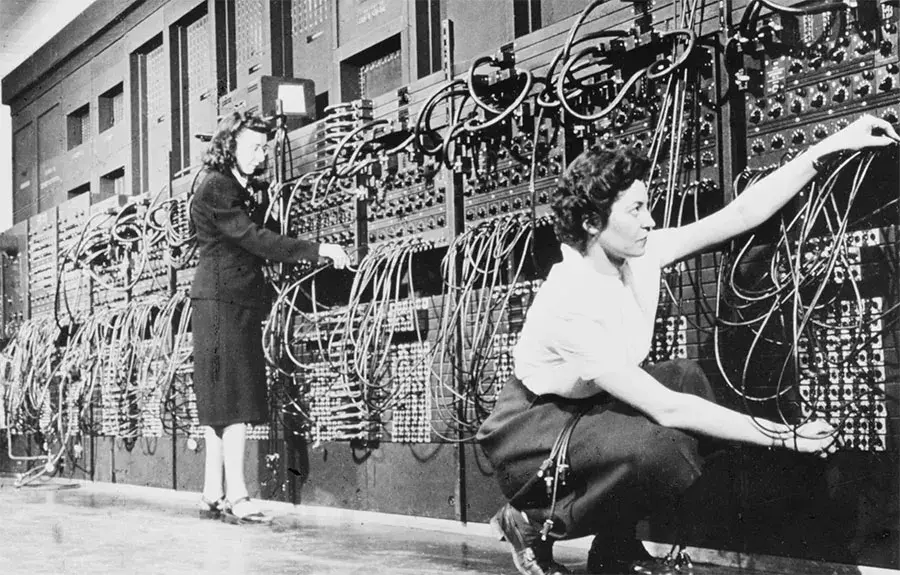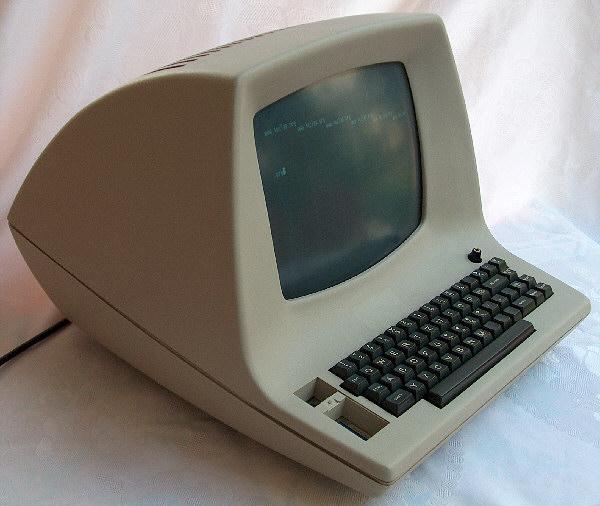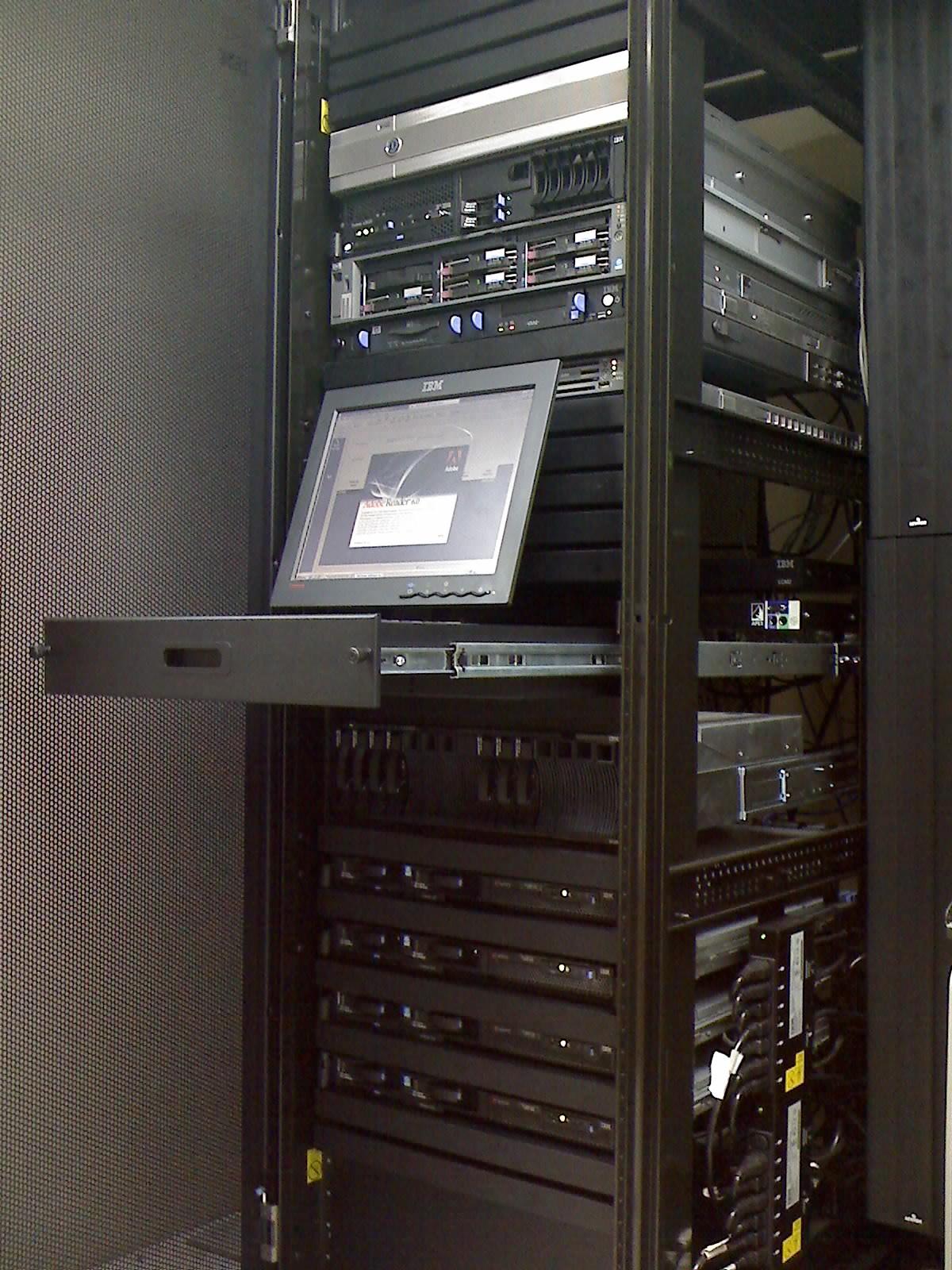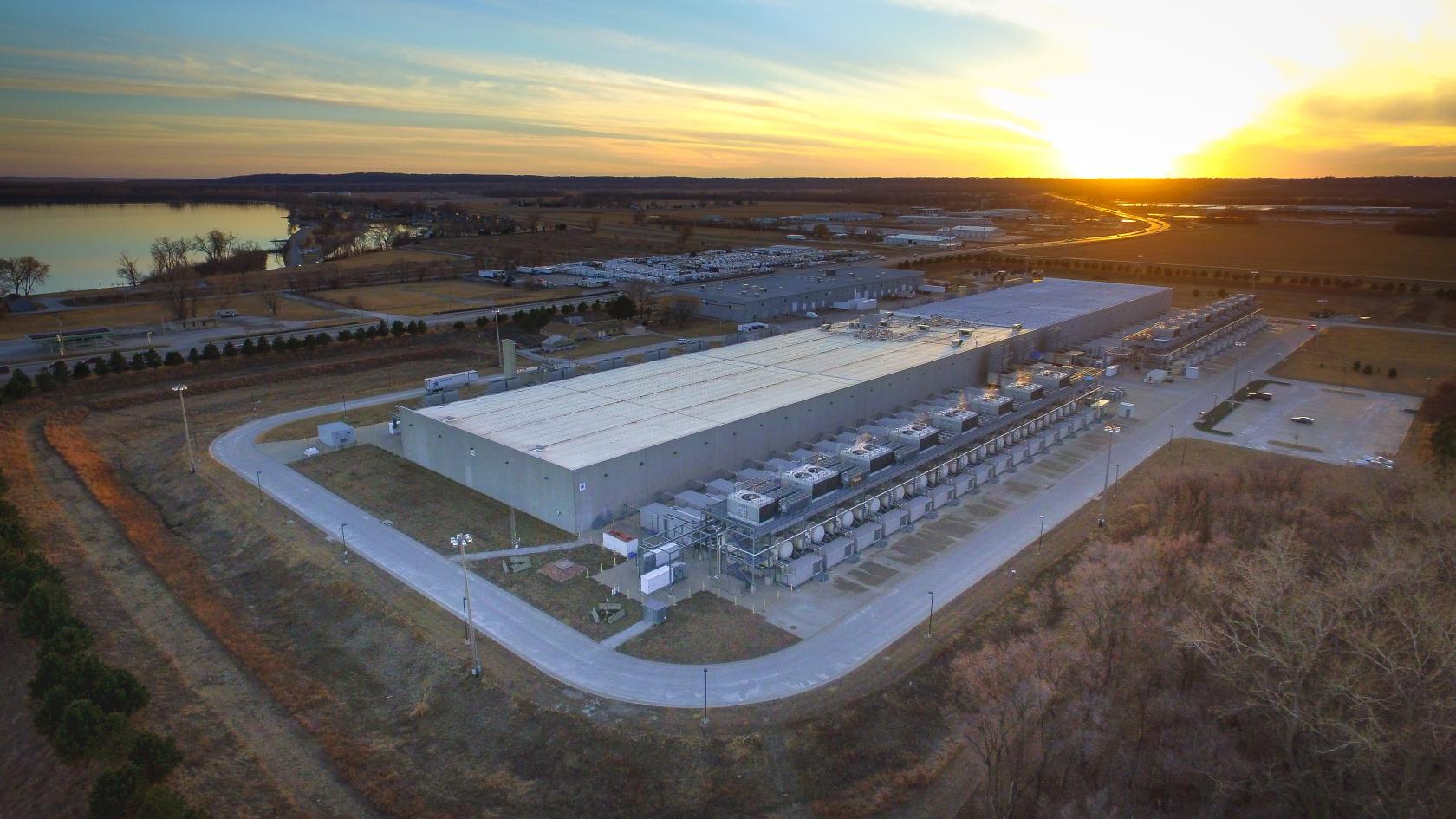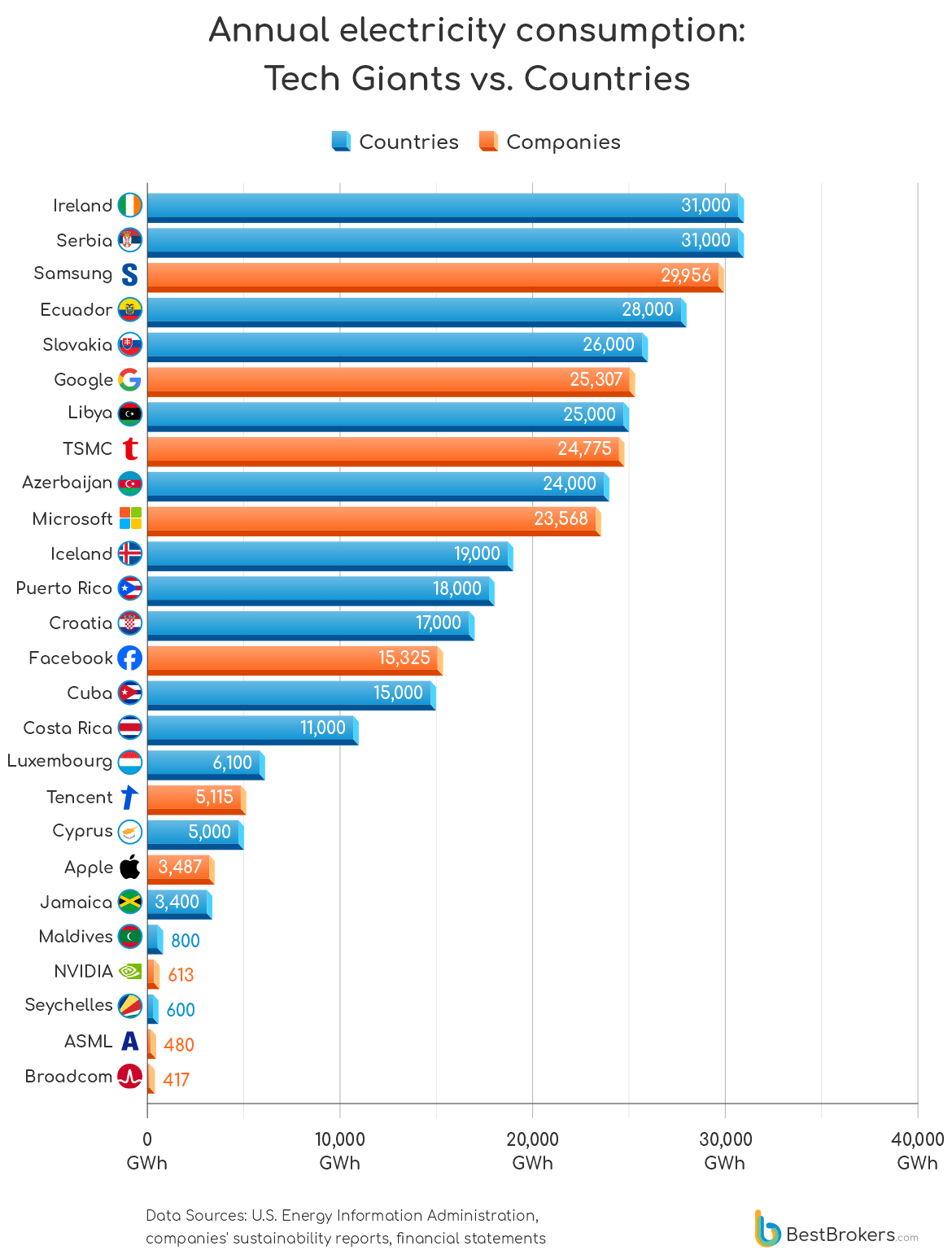What is the Cloud?
Computers are machines that can automatically process data based on defined rules – like logic and arithmetic. Humans have long explored purpose-built "analog" machines that perform specific tasks, such as the Antikythera mechanism from 200 BCE for calculating the position of stars and planets.
By the early 1900s, the programmable computer theorized by Charles Babbage and Ada Lovelace was finally demonstrated. While analog computers could reliably perform a pre-defined task, the Analytical Engine was the first to be "Turing-complete".
This new class of computers was capable of being programmed to perform specific tasks – like multiplication or conditional statements. This not only made computers more versatile, but ensured similar systems could share their programming.
Digital Systems
These first computers bear little resemblance to the discrete personal computers we use today. Analog systems used physical properties to perform their computations – such as connecting a circuit to turn on a warning light when the temperature within the room exceeds a certain threshold.
The first "digital" general-purpose computers were created in the early–mid 20th century. These systems transmit and process electrical signals to achieve the desired outcome. Colossus and ENIAC were both digital and programmable – meaning that the hardware could be instructed to perform new tasks even after the computer had been built.
Women were the first "computers" – tasked with maintaining the programming necessary to operate the first general-purpose digital computer systems.
By the 1960s, digital computers were becoming more commonplace at large institutions, but were still largely inaccessible to many professionals and researchers, let alone everyday consumers. While hardware advances allowed computers to perform more complex tasks, software revolutionized the number of tasks that could be performed at once.
Local Sharing
Time sharing became a technique that allocated computer resources to multiple users, enabling true multi-tasking for the first time. In the past, programs ran in sequence and completely finished a single task before moving onto the next. Now, each user could run their own program and the computer would quickly cycle through each user's task, performing a little bit of each at a time.
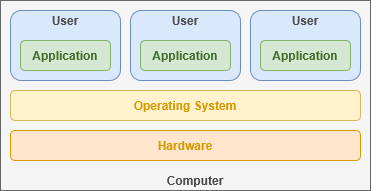
People could connect to this shared computer system through a "terminal" – or a keyboard and monitor that transmitted data back and forth over a physical cable. This maintained the illusion of a personal computer that ran only their task when, in reality, it was a shared computer. Before the internet was even invented, we had begun our exploration into the concept of the modern "cloud".
Time sharing was expanded upon to create virtualization – or dividing a single computer into multiple virtual computers. This allowed the creation of isolated enclaves where each user – whether a person or corporation – could securely run their own programs without worrying about sharing resources.
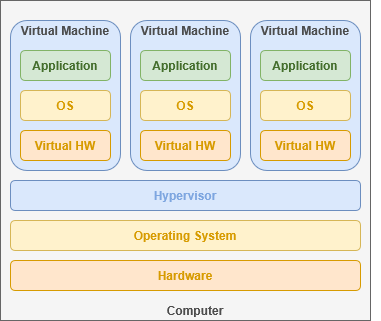
Interconnection
In 1969, ARPANET (Advanced Research Projects Agency Network) marked the birth of the long-distance Internet. During this time, the foundations were laid for the same "TCP/IP" standards we still use to this day. Using these new tools, researchers (and their computers) could share their resources across vast distances.
By 1991, the World Wide Web as we know it was released to global consumers. With a subscription to an internet service provider, anyone could connect to the World Wide Web. Before the turn of the century, the first theory of cloud computing defined a foundation for scalable servers.
This enabled independent computers to be linked together over a network and share their resources towards supporting a unified service. Distributed computing enabled websites to support a hundred thousand users by balancing the work load across multiple computers instead trying to juggle everyone using one system.
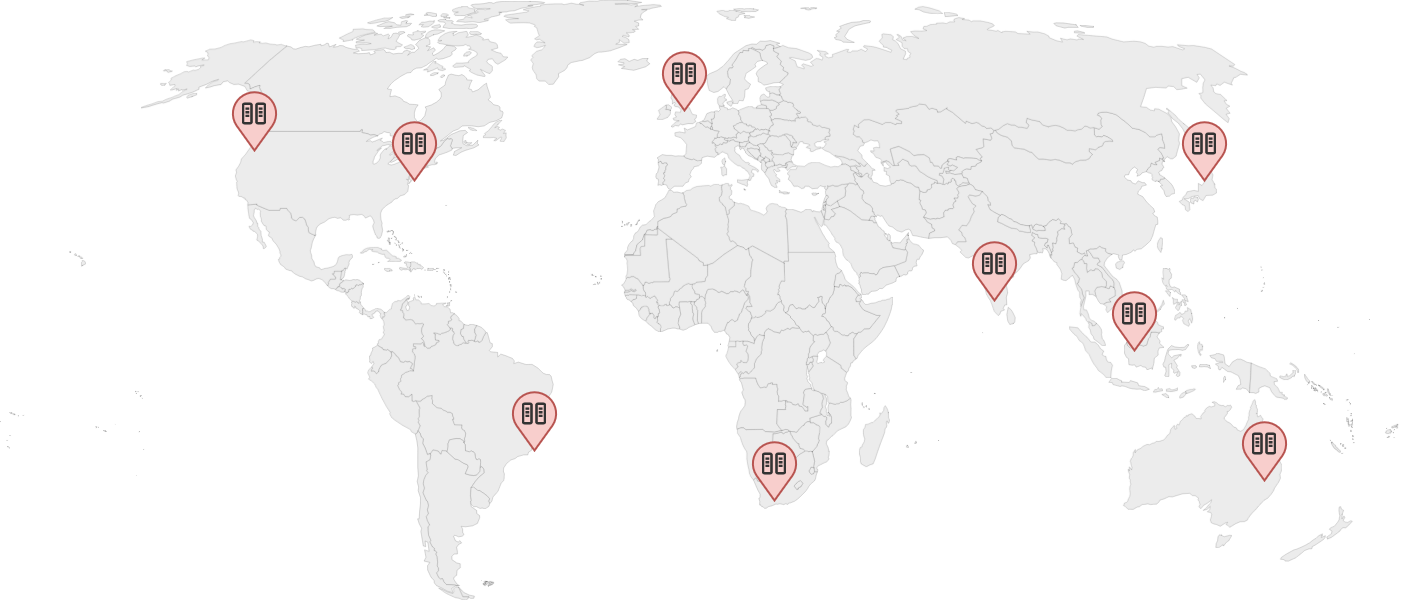
Whenever a service was accessed over the internet, the user could be geo-located and directed to the server that was closest to them. This provided a better connection, split the workload and created more space for data storage. As a result, data centers quickly proliferated across the globe.
Data Centers
By the early 2000s, technology companies had invested heavily into data center infrastructure. Through this model, businesses could forego hosting their own server computers and instead rely on the infrastructure maintained by someone else.
These distributed server farms became increasingly integrated into our every day lives – personally and professionally. Google and Apple both released services targeting corporations and consumers, offering access to cloud-based tools. Amazon introduced "cloud" computing and storage services, enabling businesses to rent computer resources – like processing power or storage space.
|
ARSAT Data Center |
Google Data Center |
Take a look at the data centers located near you – there's more than you'd think!
Contemporary cloud computing combines virtualization, distributed computing, and secure internet connections to build vast server farm infrastructures around the globe. By dividing up server clusters into isolated software environments, data centers create the digital equivalent of an apartment building housing multiple tenants.
When contracting out digital infrastructure services, corporations may lose physical ownership of data. Realistically, it can be nearly impossible to keep track of what data is stored where. Under this paradigm, corporations have the potential to shirk their responsibility for digital stewardship – or how they keep data safe, secure and up-to-date.
Everything as a Service
The decentralized infrastructure of data centers has fomented considerable uncertainty about data privacy, unauthorized access and legal compliance. When digital data exists outside the physical control of a company, can they reliably ensure security? On the other hand, could leaving data storage up to industry professionals improve its baseline security?
Data centers, for better or worse, are the dominant paradigm and currently power much of the internet. They are now a driving force behind the proliferation and expansion of technologies around the globe. Any digital service can be provided as a paid subscription using this pervasive business practice.

This vast infrastructure has led to a standardized "cloud computing" service model focused on a granular spectrum. This dictates how much of the service is managed by the client versus the cloud computing service provider:
|
Dns |
The practice of a provider renting digital systems to clients to fulfill their needs – such as servers, networks and Internet service.
|
| Code_blocks |
Subscription to service that facilitates the rapid deployment of software – such as platforms like Docker and Kubernetes.
|
| Terminal |
Connects people, occasionally on behalf of an intermediary like a corporation or school, to web-based software – such as office and file-hosting services.
|
| Function |
Specific functions to be completed and paid per usage – such as automated image or data processing.
|
On one end, the client maintains complete control over how they can utilize their rented hardware. On the other, everything occurs completely behind-the-scenes without the client ever being aware.
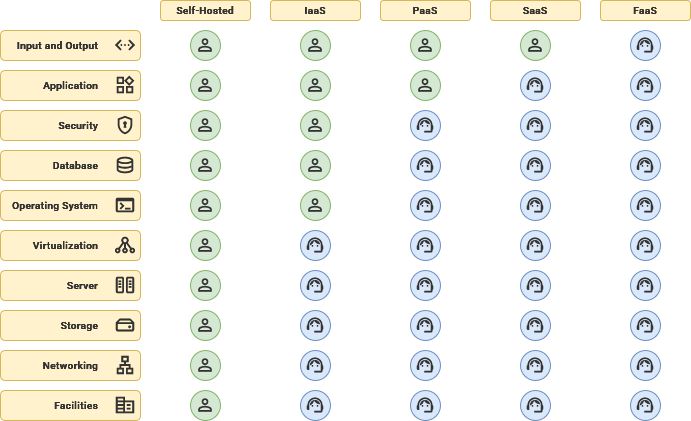
While these technologies were groundbreaking for creating global internet platforms, they have had countless impacts on privacy and technology development. You may lose access to your data at any point because a service provider decides they don't want to host your content.
With its current trajectory, cloud computing threatens to completely monopolize and privatize the very infrastructure that powers the Internet. It is currently estimated that more than 85% of global business are expected to adopt a "cloud-first" approach by 2025.
Large-scale data centers use exponentially more power than a home server – consuming up to 100 times more than a standard office building. For example, a small data center with 500 servers may require 1 megawatt of power – equivalent to 200 American households.
Data Center Scale
| Scale | Servers | Power Capacity |
| Small | 500 – 2,000 | 1 – 5 MW |
| Medium | 2,000 – 10,000 | 5 – 20 MW |
| Large | 10,000+ | 20 – 100 MW |
Describe and illustrate difference between w kilowatt and megawatt
Similar to personal computers, data centers can enter idle states where they consumes less power. Entire server racks will turn on and off depending on how much work needs to be done. This will result in a data center's power consumption fluctuating.
Globally, computer and network technologies are estimated to consume 10% of all energy produced. Of this, data centers consume about 20% – with this expected to continue rising with the rise of machine learning. Two broad categories use nearly 80% of this power: hardware and cooling systems.
Power consumption for the ten largest global technology companies outpace entire nations.
Data centers are not necessarily bad, but they must be created with care and compassion for the community and ecosystem.
Self-Hosting
Federation is a foundational – yet still evolving –computing concept that enables services that are shared across multiple autonomous servers. In practice, this means that no one person can be the sole owner – anyone can host their own version of the service at any time.
By decentralizing the ownership of software, we can ensure no one has unilateral control. The Fediverse – or a federation of social networks – communicate using a standard protocol that allow them to work together while maintaining their individuality.
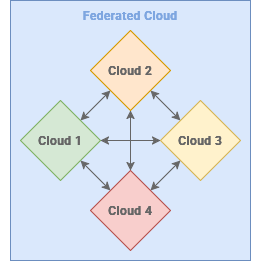
By leveraging the same cloud technologies, anyone has the ability to host their own services. Linux, Docker and all of the necessary software are open-source, available for free to anyone. These softwares are developed by open communities to further both personal and professional interests – like security, privacy and convenience.
Self-hosting is the practice of maintaining a privately owned server that is entirely within your control, instead of a third-party administrator. When running your own cloud server, you have the power – and responsibility – to act as an infrastructure, platform and software provider.
The growing momentum of cloud-based technology has made it easier than ever to host a server on your own personal hardware – even from home. The ascent of free and open-source software has created alternative to many of the web-based services – like remote storage, password managers, media streaming and an office suite.
 |
 |
There are many benefits to hosting your own server – like control and cost-savings because you don't rely on third-parties to administer your services. As a result, the responsibility to maintain infrastructure falls squarely on you – including hardware, security, and legal compliance.
While this can seem daunting, there is no better way to start than by trying for yourself. In a world that rapidly favors the digital, hosting your own server can teach you invaluable skills. Growing communities – supported by hobbyists, developers and corporations alike – help support each other and the software.



